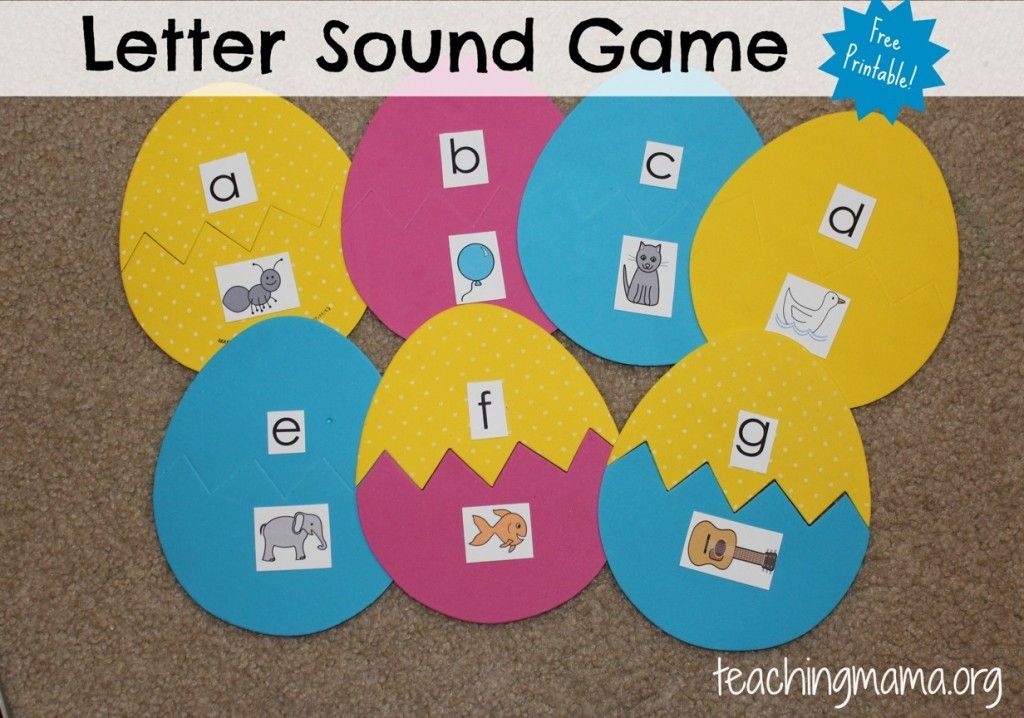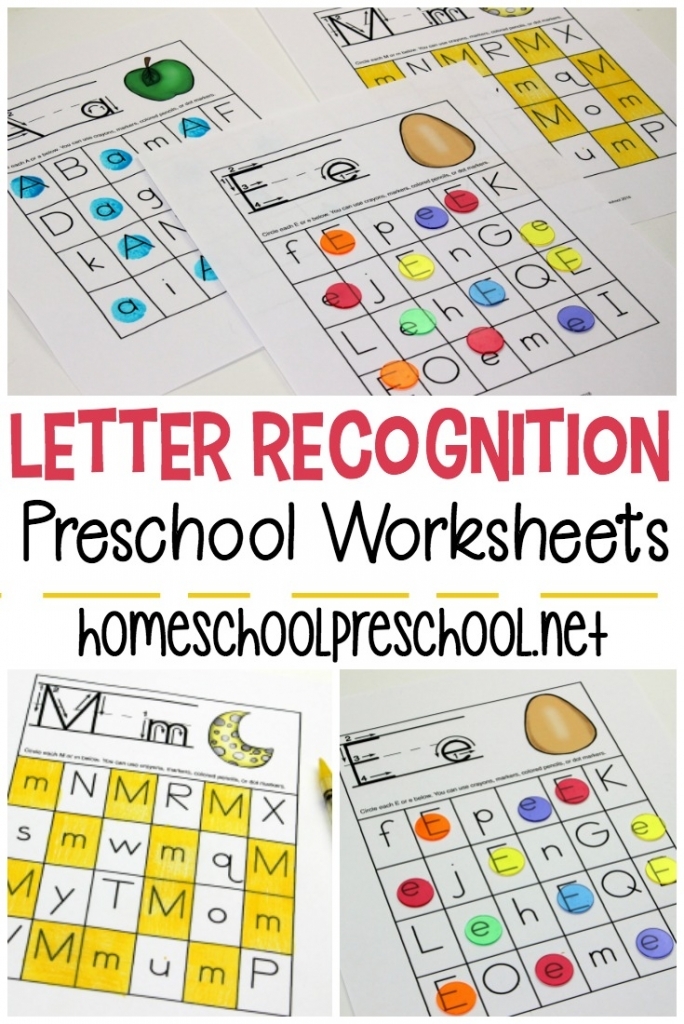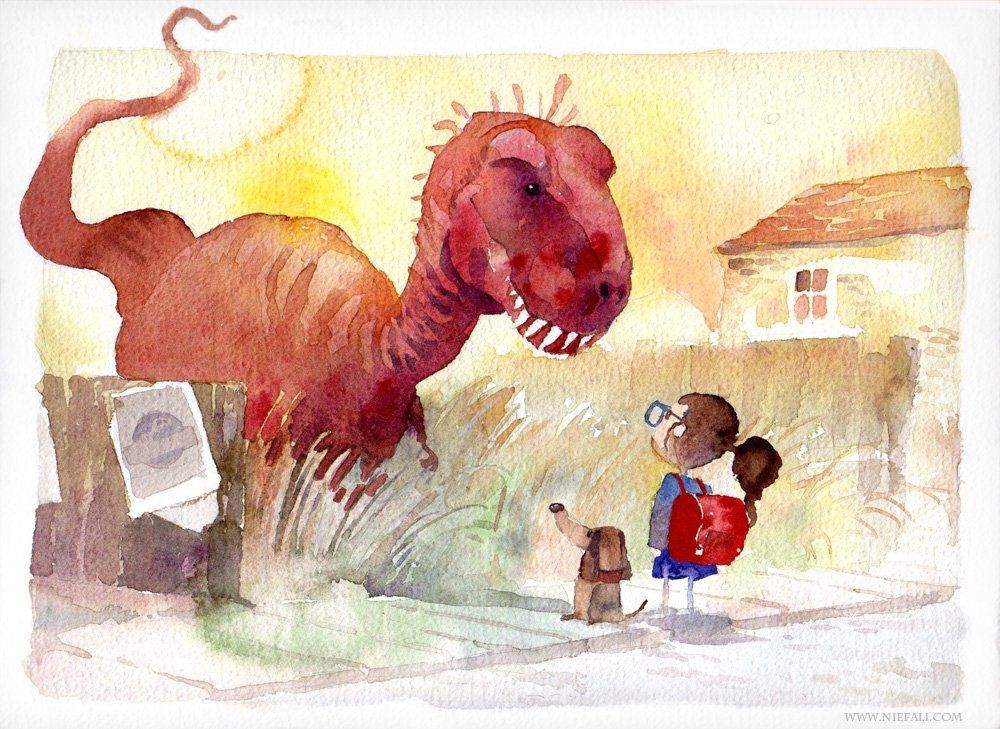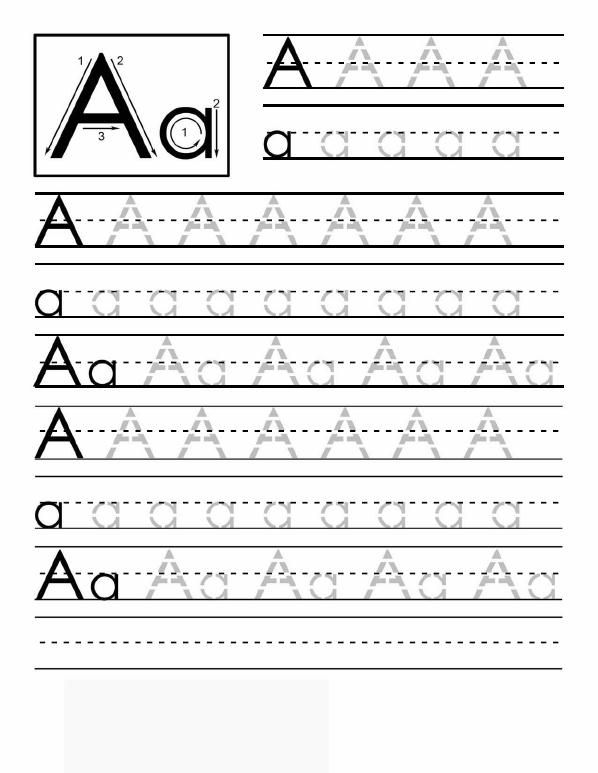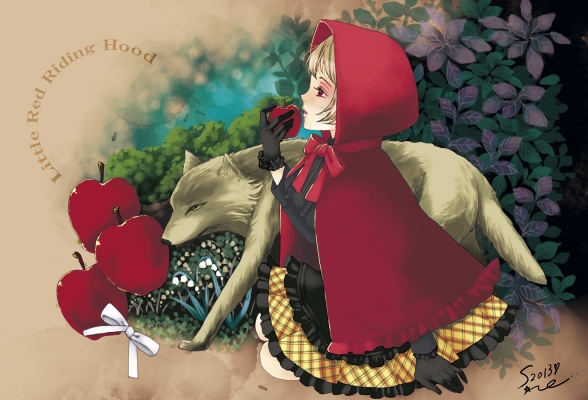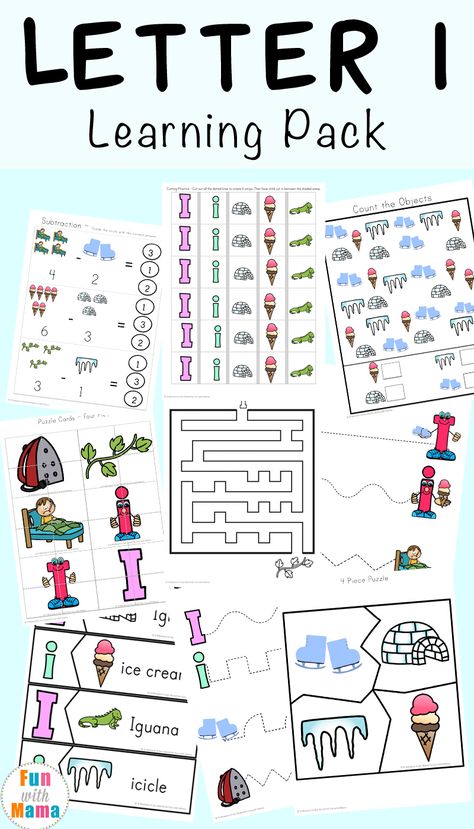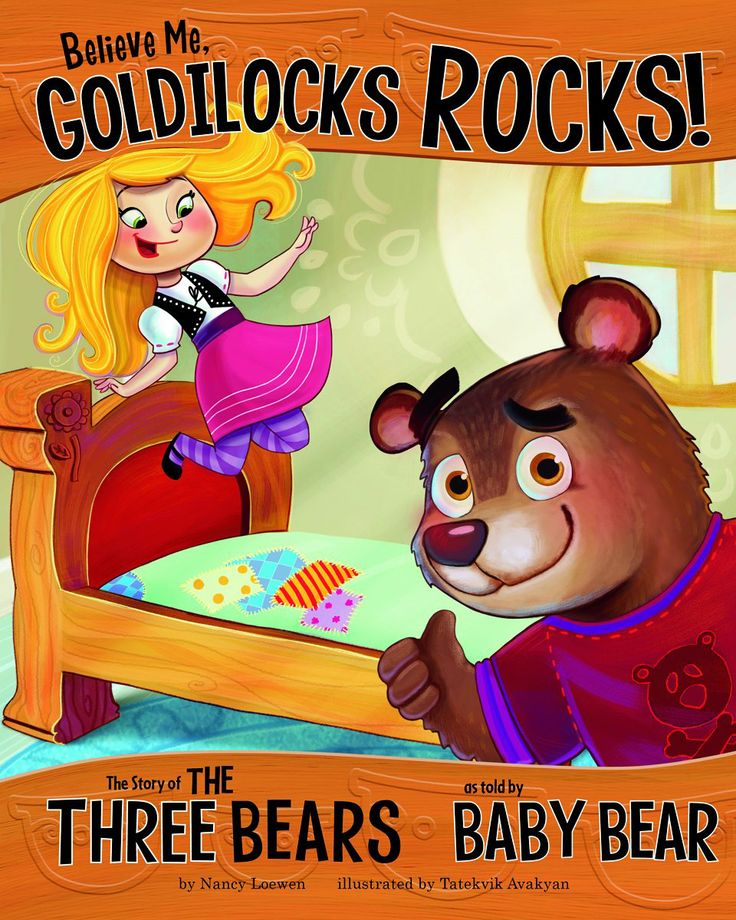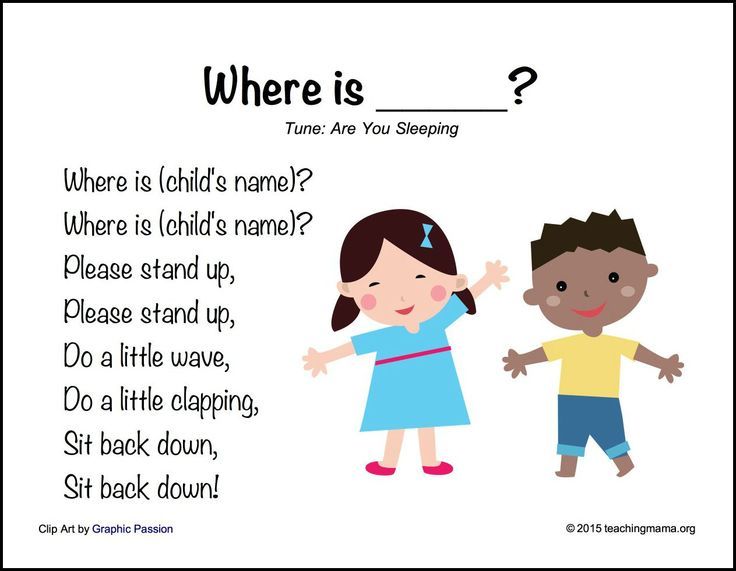Playing with shapes
LEARNING ABOUT SHAPES THROUGH PLAY
Learn how to create playful hands-on invitations to play to learn about 2D shapes and 3D shapes and their properties.
Hands down one of of my favourite maths topics to teach would have to be shapes and there's no better way to introduce 2D shapes and 3D shapes than with play in preschool and kindergarten.
Creating invitations to play doesn't require huge amounts of time, effort or resources to be effective but they do need to be created with some thought as to the outcomes you are wanting the children in your care to reach through such play.
In this post, I'm sharing some of my favourite invitations for learning about shapes and why I use these space with my class in the hope that it will inspire some play-based exploration in your own classroom.
This post contains some affiliate links.
HOW TO CREATE INVITATIONS TO PLAY
I regularly create small invitations to play in my classroom which allow for children to independently explore different topics and concepts through hands-on activity. They might access these spaces before lessons start for the day, during math lessons or math centers or during their free time.
When planning an invitation I start by looking at what topics we are covering in maths or have recently covered but children would benefit from having further time to explore at their own pace.
During the first year of school here, children learn to sort, describe and name familiar 2D shapes and 3D objects then learn to recognise both and are able to describe the different features of shapes and objects.
Children need to develop understanding and fluency around shapes while also building problem solving and reasoning skills.
By carefully choosing materials, all of these outcomes can be achieved.
Take this invitation. It was simple to create. Just some posters and some pop-sticks with magnets on one side along with a question -
What shape can you make?
The children select a shape and then try to make it using the pop-sticks.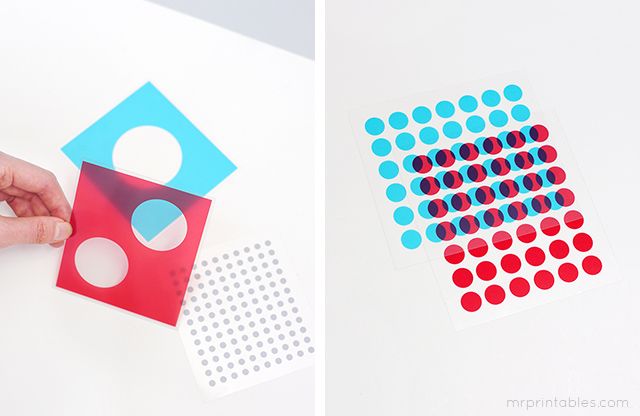 They're being exposed to spelling of the word while being able to see the shape on the poster.
They're being exposed to spelling of the word while being able to see the shape on the poster.
Being all straight lines, they soon find that some shapes are much harder to make than others and they can't make a circle or oval at all.
Why?
'Because they have curved lines not straight which is why I can't make them' and with this simple invitation they have started to build understanding, become more fluent when recognising and naming the different shapes, they are starting to problem solve and reason how and why some shapes could be built and other couldn't.
When beginning your invitations, keep it simple.
Allow your children to become familiar with the materials firstly. Help support their growing understanding of shapes with clear visuals.
Many of us are visual learners and absorb information more readily through visuals.
Many young children show a clear preference for building materials in preschool and kindergarten and learning about shapes, making these types of invitations popular spots in the classroom.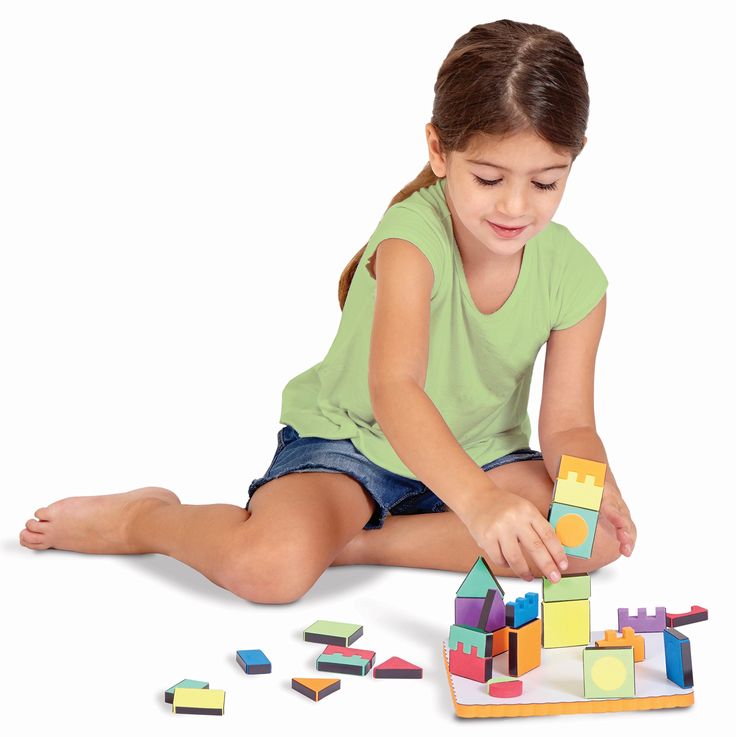 They are perfect for building visual discrimination skills, fine motor strength and spatial awareness.
They are perfect for building visual discrimination skills, fine motor strength and spatial awareness.
Games are another easy invitation and can be the perfect way to build friendships in class too as it provides a space for 2-3 people to play without having to be planned ahead of time.
It can help alleviate some of the anxiety the start of each school day can bring some children. They can also help parents and teachers alike as the support children experiencing any separation anxiety as they can be directed to play before the parent leaves the classroom.
Having invitations set up can also provide some useful calm down spaces in class.
First thing in the morning they can be useful spots for children to spend time after they've unpacked their bags but are not sure what else to do before their friends arrive.
During class time they can be used as spots to retreat to when a child has become overwhelmed.
I also consider how the group of children I'm teaching might interact with different materials - some might be sensory seekers so have a mix of soft and hard materials like these felt shapes, might help to engage them in the invitation for longer periods.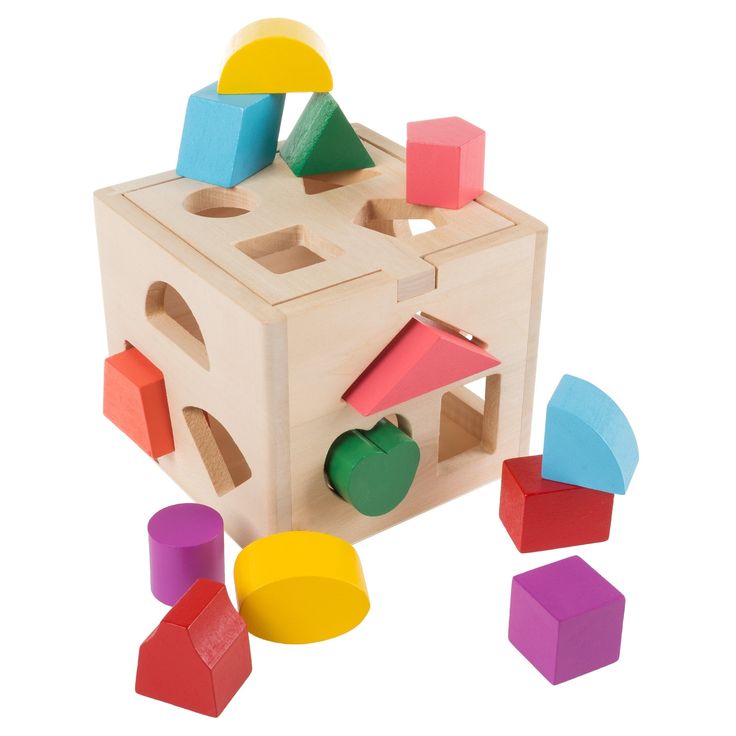
Don't be afraid to reintroduce an invitation to play.
When using printables such as these shape mats, just add different materials to use with the prompt.
For the first invitation, I only provided playdough with the mats to make the shapes.
Second time, I added toothpicks and playdough to the invitation.
You can even use invitations such as this as an assessment task as they allow children the opportunity to explain their thinking when prompted.
As you can see from this maker space, several different materials have been provided.
Children might use the paper stripes to make a circle but the blocks to make a cube, the string to make an oval but the playdough to make a pyramid.
Being able to explain their choices can show their level of understanding making tasks such as these important when trying to decide if a child is working at level (C grade) or at a higher lever (A grade).
Like some of the resources you've seen in this post?
25 Creative Activities and Ideas For Learning Shapes
Learning shapes is one of the earliest concepts we teach kids.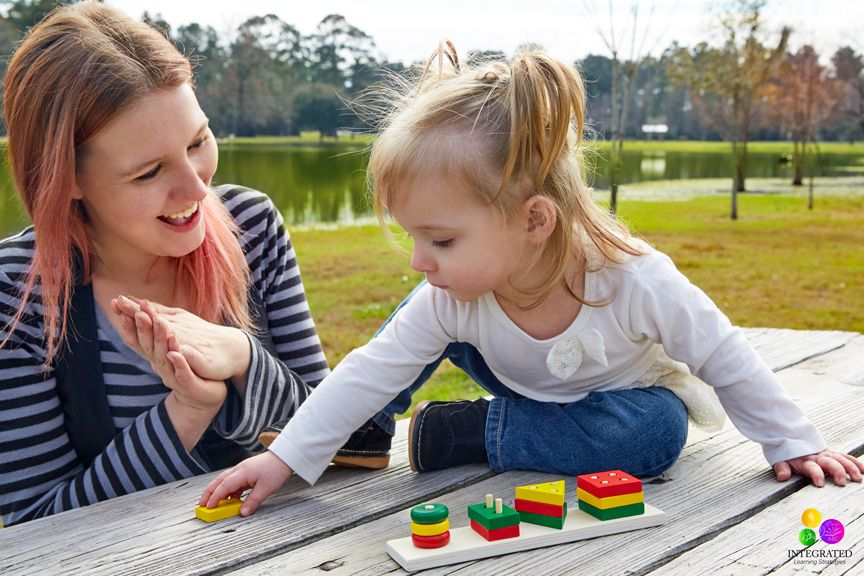 This readies them for geometry in the years ahead, but it’s also an important skill for learning how to write and draw. We’ve rounded up our favorite activities for learning shapes, both 2-D and 3-D. They all work well in the classroom or at home.
This readies them for geometry in the years ahead, but it’s also an important skill for learning how to write and draw. We’ve rounded up our favorite activities for learning shapes, both 2-D and 3-D. They all work well in the classroom or at home.
1. Start with an anchor chart
Colorful anchor charts like these are terrific reference tools for kids learning shapes. Have kids help you come up with examples for each one.
Learn more: A Spoonful of Learning/Kindergarten Kindergarten
2. Sort items by shape
Collect items from around the classroom or house, then sort them by their shapes. This is a fun way for kids to realize that the world around them is full of circles, squares, triangles, and more.
Learn more: Busy Toddler/Shape-Sorting
3. Snack on some shapes
Everyone loves a learning activity you can eat! Some food items are already the perfect shape; for others, you’ll have to get a little creative.
Learn more: Chieu Anh Urban
4. Print with shape blocks
Grab your shape blocks and some washable paint, then stamp shapes to form a design or picture.
Learn more: Pocket of Preschool
5. Go on a shape hunt
These “magnifying glasses” make an adventure of learning shapes! Tip: Laminate them for long-term use.
Learn more: Nurture Store UK
6. Hop along a shape maze
Use sidewalk chalk to lay out a shape maze on the playground or driveway. Choose a shape and hop from one to the next, or call out a different shape for every jump!
Learn more: Creative Family Fun
7. Assemble a truck from shapes
Cut out a variety of shapes (excellent scissors skills practice!), then assemble a series of trucks and other vehicles.
Learn more: Little Family Fun
8. Stretch out shapes on geoboards
Teachers and kids love geoboards, and they’re a great tool for learning shapes.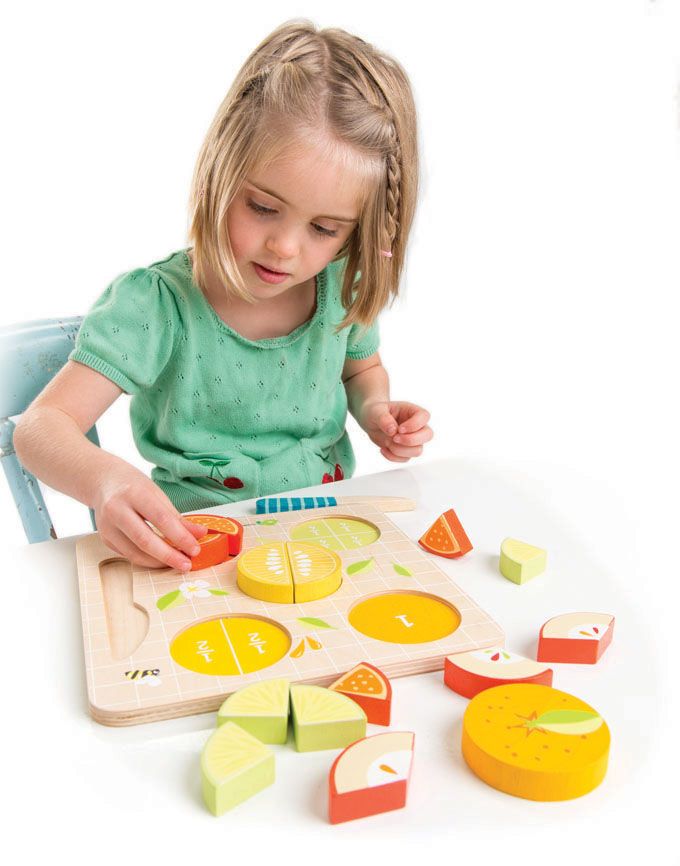 Give students example cards to follow, or ask them to figure out the method on their own.
Give students example cards to follow, or ask them to figure out the method on their own.
Learn more: Mrs. Jones’ Creation Station
9. Drive on shaped roads
Use these free printable road mats to work on shapes. Bonus: Make your own road shapes from sentence strips!
Learn more: PK Preschool Mom
10. Find shapes in nature
Take your shape hunt outside and look for circles, rectangles, and more in nature. For another fun activity, gather items and use them to make shapes too.
Learn more: Nurture Store UK
11. Put together craft stick shapes
Add Velcro dots to the ends of wood craft sticks for quick and easy math toys. Write the names of each shape on the sticks for a self-correcting center activity.
Learn more: Surviving a Teacher’s Salary
12. Blow 3-D shape bubbles
This is a STEM activity that’s sure to fascinate everyone.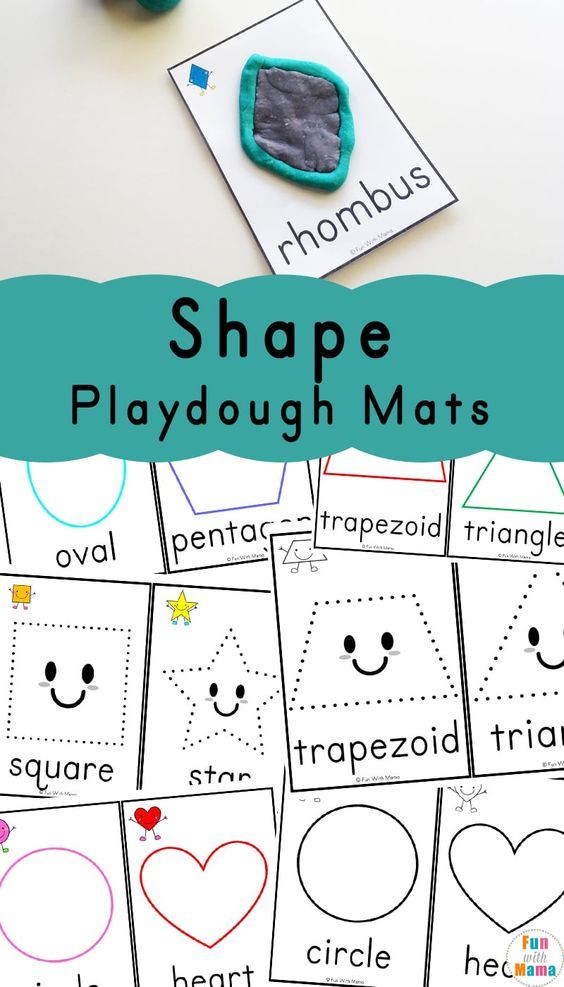 Make 3-D shapes from straws and pipe cleaners, then dip them in a bubble solution to create tensile bubbles. So cool!
Make 3-D shapes from straws and pipe cleaners, then dip them in a bubble solution to create tensile bubbles. So cool!
Learn more: Babble Dabble Do
13. Prep a shape pizza
Cover a paper plate “pizza” with lots of shape toppings, then count the number of each. Simple, but lots of fun and very effective.
Learn more: Mrs. Thompson’s Treasures
14. Construct shapes from toothpicks and Play-Doh
This is an excellent STEM challenge: how many shapes can you make using toothpicks and Play-Doh? Marshmallows work well for this activity too.
Learn more: Childhood 101
15. Outline shapes with stickers
Kids adore stickers, so they’ll enjoy filling in the outlines of the shapes they’re learning. They won’t realize it, but this gives them fine motor skills practice too!
Learn more: Busy Toddler/Sticker Shapes
16. Lace shapes
Lacing cards have long been a classic, but we really like this version that uses drinking straws.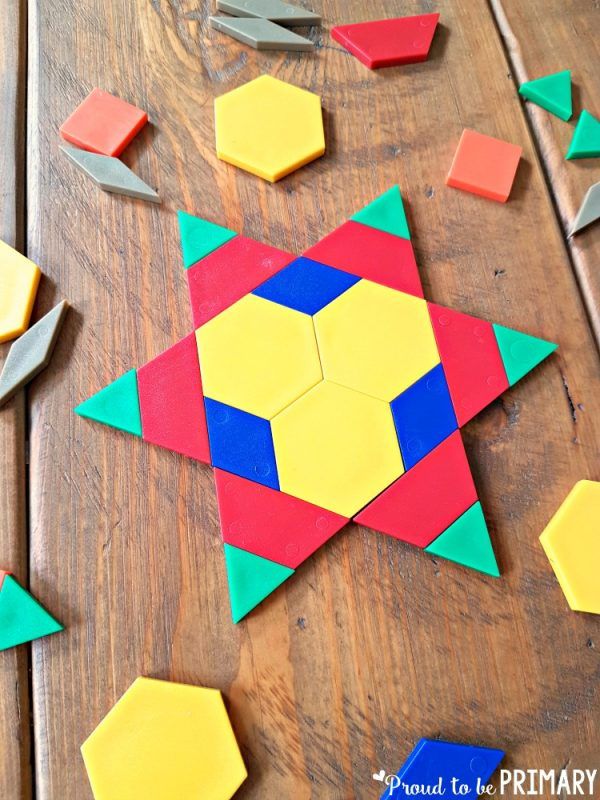 Just cut them into pieces and glue them along the edges of the cards.
Just cut them into pieces and glue them along the edges of the cards.
Learn more: Planning Playtime
17. Make shapes with LEGO bricks
LEGO math is always a winner! This activity also makes a good STEM challenge. Can your students figure out how to make a circle from straight-sided blocks?
Learn more: Pocket of Preschool
18. Categorize shapes by their attributes
Work on geometry terms like “sides” and “vertices” when you sort shapes using these attributes. Start by placing shapes into paper bags and asking students questions like, “The shape in this bag has 4 sides. What could it be?”
Learn more: Susan Jones Teaching
19. Count and graph shapes
These free printable worksheets challenge kids to identify shapes, then count and graph them. Lots of math skills, all in one!
Learn more: Playdough to Plato
20. Create a shape monster
Add arms, legs, and faces to create cheery (or scary) shape monsters! These make for a fun classroom display.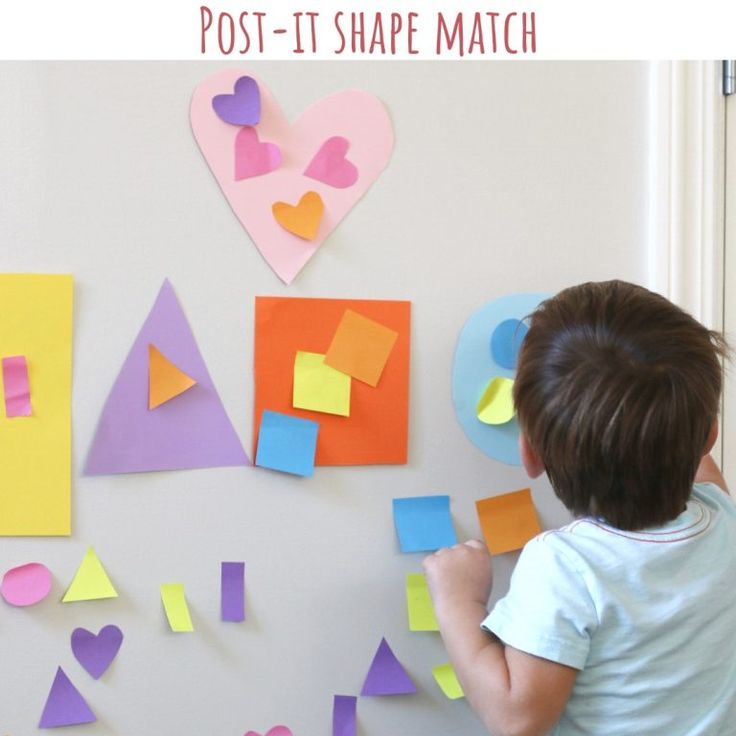
Learn more: Fantastic Fun and Learning
21. Sift through rice for shapes
Sure, kids can identify their shapes by sight, but what about by touch? Bury blocks in a bowl of rice or sand, then have kids dig them out and guess the shape without seeing them first.
Learn more: Fun With Mama
22. Craft an ice cream cone
Ice cream cones are made up of several shapes. Encourage kids to see how many different ways they can make a sphere of “ice cream.”
Learn more: Extremely Good Parenting
23. Ask “What does the shape say?”
If you don’t mind the risk of getting that song stuck in your kids’ heads, this is such a neat way to combine writing and math.
Learn more: Around the Kampfire
24. Piece together shape puzzles
Use wood craft sticks to make simple puzzles for kids who are learning their shapes. These are inexpensive enough that you can make full sets for each of your students.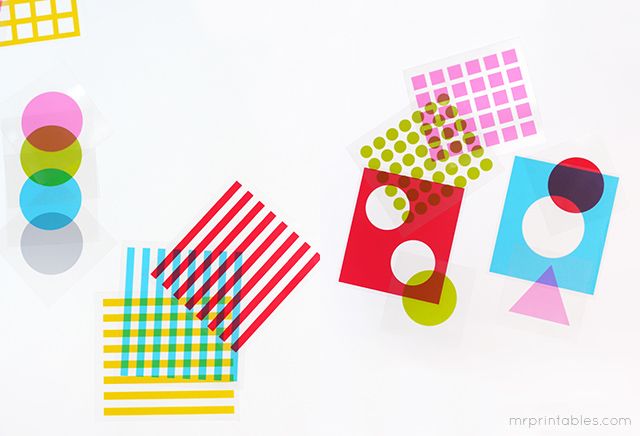
Learn more: Toddler at Play
25. Feed a shape monster
Turn paper bags into shape-eating monsters, then let kids fill their hungry bellies!
Learn more: Teach Pre-K
From teaching shapes to long division and everything in between, these are the 25 Must-Have Elementary Classroom Math Supplies You Can Count On.
Plus, 22 Active Math Games and Activities For Kids Who Love to Move.
Games with geometric shapes
It is very important to teach a child to perceive and distinguish between the shapes of objects and memorize their names.
To do this, the baby examines the shape of the object with his hands and eyes and applies this knowledge to solve a specific problem (for example, pick up an object that matches the shape of the corresponding geometric shapes to the slot).
As a result of purposeful games, the child memorizes the standards of geometric shapes and their names.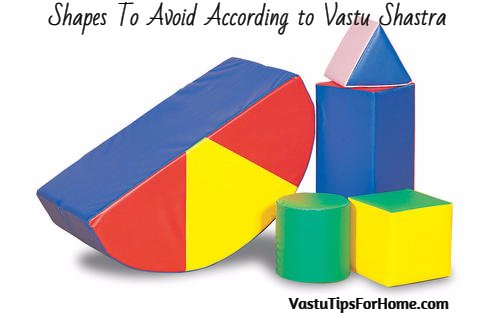
Round - not round
In a tight bag, put round objects that have the shape of a circle (wheel, plastic plate, rings from the pyramid, teething ring, etc.) and other objects (matryoshka, cube , book, bar of soap, etc.). The child needs, without looking, to get only round objects. Or take out any object and say whether it is round or not.
Discover the shape
Prepare paired volumetric geometric shapes: a cube, a ball, a parallelepiped, a cylinder, a cone, etc. One set of figures is folded into a bag, the second is laid out on the table.
You show any of the figures on the table and ask the child to take the same one out of the bag. Voice the name of the figure he gets: “parallelepiped”, “cylinder”.
Sorting
Cut cardboard into geometric shapes in different sizes and colors. Invite your child to sort them into circles, triangles, squares, ovals and rectangles.
Do you have any?
Place a number of cardboard cut-out geometric shapes in front of your child, such as a circle, a triangle, a rectangle and an oval. And in front of you - a square, a rectangle, a circle and a triangle.
Hold up the circle and say, “I have a circle. And you?".
The child raises the circle and shows. Now hold up the square and ask the child, "Do you have a square?"
The child must answer that he does not have a square.
At the end of the game, you can compare which geometric shapes the mother had and which the child had, and lay out a common figure from them.
Repeat row
Lay out in a row 3 - 5 geometric shapes, for example: a circle, a triangle, a square, an oval, a triangle. The child needs to lay out exactly the same row from below: circle, triangle, square, oval, triangle.
Third extra
Put two blue circles and one red square in front of the baby - what's extra? Gradually complicate the task: put a red circle, a yellow circle and a green triangle or a blue square, a blue circle and a green square.
Circle track
On a thick sheet of paper close to each other in the form of a wavy path, draw many circles with a diameter of 2 cm, and in parallel, or even slightly crossing the first path, draw a path of squares with a side of 2 cm. The kid needs to walk along the path only from circles with two fingers, then only from squares.
Collect all circles
Lay out circles, squares, triangles, ovals, etc. cut out of cardboard on the floor. different sizes. The child needs to collect, for example, only circles.
House with geometric windows
Make a didactic game for the child:
Lay the landscape sheet horizontally and fold it in half. On the top sheet, draw windows of various geometric shapes. Cut the windows so that the child can open and close them.
Put a sheet of paper into the resulting “book”. Open the round window and draw behind it, for example, the sun.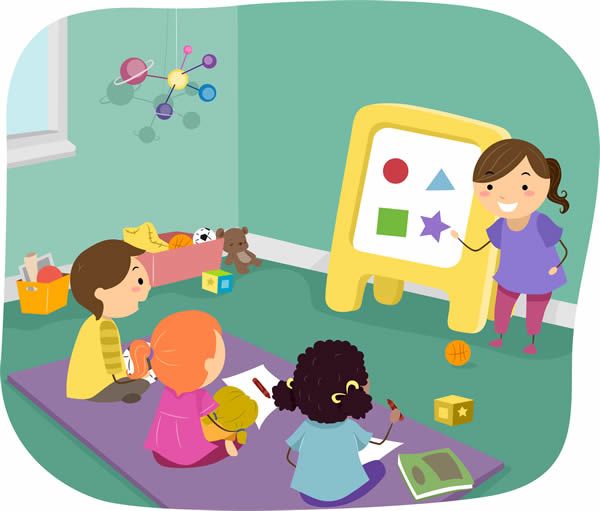 Behind the square window is a box, behind the rectangular window is a book, behind the triangular window is a sailing boat, behind the oval is a mirror.
Behind the square window is a box, behind the rectangular window is a book, behind the triangular window is a sailing boat, behind the oval is a mirror.
Ask the child: “What lives behind the round window?”
A child opens a window and says: “Sunny”, etc.
When the child remembers all the "inhabitants of the house", insert a new sheet and draw other objects of the same shape.
Author: Daria Koldina
Product series - Las Igras Color wood | 11 SKU in stock
RUB
Assistance to customers of the system of discounts of
Show filters
First cheaply will work 20Developing game "Tsvetnoye Loto", 3+
130 ₽/wholesale
Children's goods
art: 5492979; LAS GAMES Las Igras Color woodChina17 cm × 17 cm × 2.5 cmPaper, wood, cardboardIn a box 72 sets
3 for the price of 2
Educational game “Logic chains.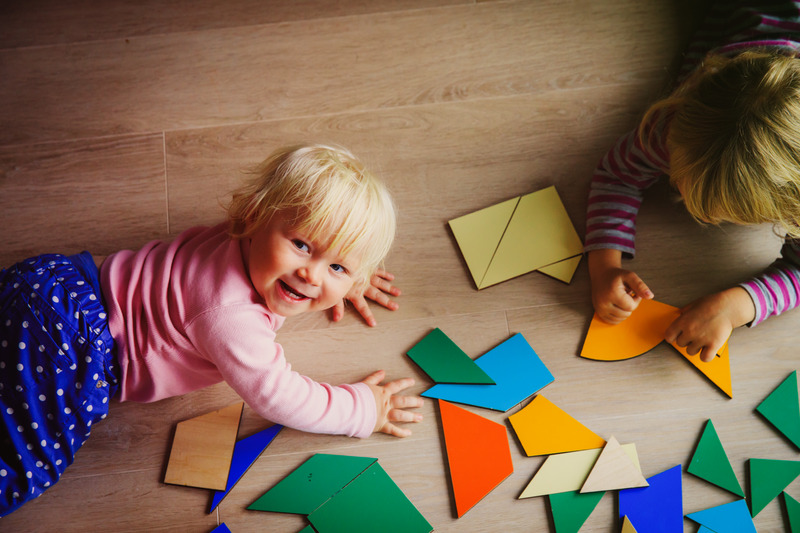 Find common", 3+
Find common", 3+
176 ₽ / wholesale
Children's goods
Art.: 4738180; LAS IGRASLas Igras Color woodChina17 cm × 17 cm × 2.5 cmPaper, wood, cardboardIn a box 78 sets
Educational game "Repeat after me" with wooden inserts
198 ₽ / wholesale
Children's goods
17:48;3 Art. LAS GAMES Las Igras Color woodChina17 cm × 17 cm × 2.5 cmPaper, wood, cardboardIn a box 120 setsEducational game “Logic chains. Seasons", 3+
190 ₽ / wholesale
Children's goods
Art.: 4738178; LAS GAMES Las Igras Color woodChina17 cm × 17 cm × 2.5 cmPaper, wood, cardboardIn a box 72 sets
3 for the price of 2
Educational game “Logic chains. Colors and shapes"
199 ₽ / wholesale
Children's goods
Art.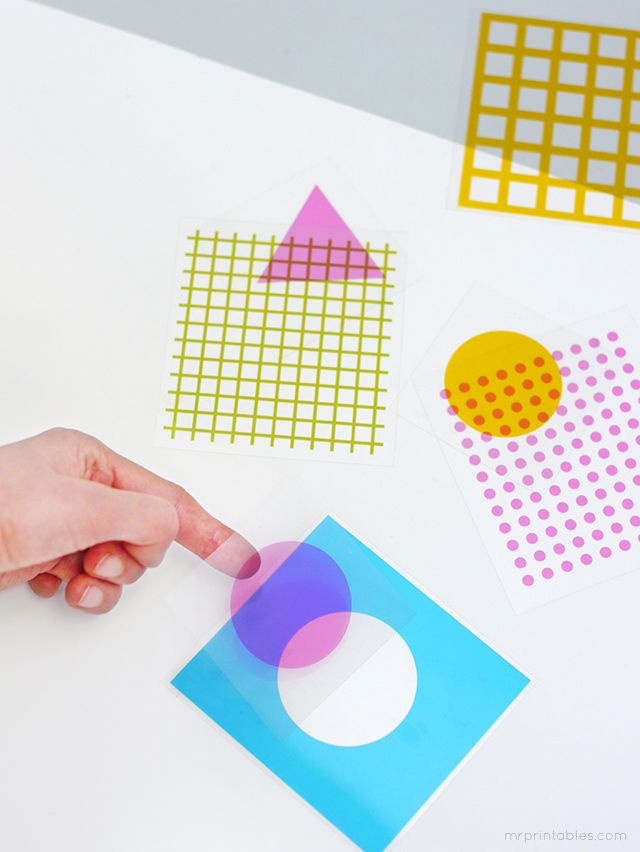 : 4738181; LAS GAMES Las Igras Color woodChina17 cm × 17 cm × 2.5 cmPaper, wood, cardboard, textilesIn a box 72 sets
: 4738181; LAS GAMES Las Igras Color woodChina17 cm × 17 cm × 2.5 cmPaper, wood, cardboard, textilesIn a box 72 sets
3 for the price of 2
Educational game "Miracle Caterpillar" with wooden attachments
219₽ / wholesale
Children's goods
Art.: 4738175; LAS GAMES Las Igras Color woodChina17 cm × 17 cm × 2.5 cmPaper, wood, cardboard, metalIn a box 96 sets
Board game-lotto "Who lives where?" Art.: 4738184; LAS GAMES Las Igras Color woodChina17 cm × 17 cm × 2.5 cmPaper, wood, cardboardIn box 29sets
Educational game "Fun Cubes" with wooden inserts
237₽ / wholesale
Children's goods
Art.: 4738177; LAS IGRASLas Igras Color woodChina17 cm × 17 cm × 2.5 cmPaper, wood, cardboardIn a box 102 sets
319 ₽
360 ₽
-11%
Educational game “Logic chains.

